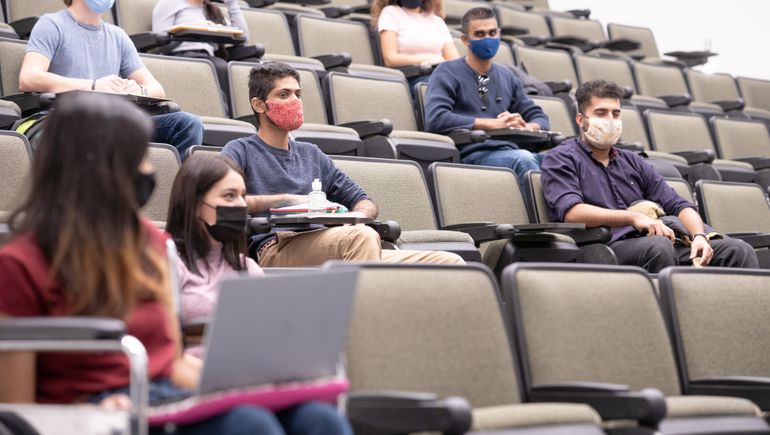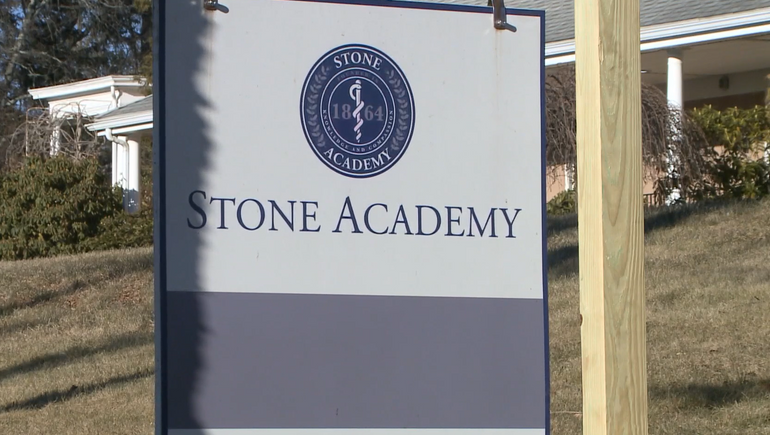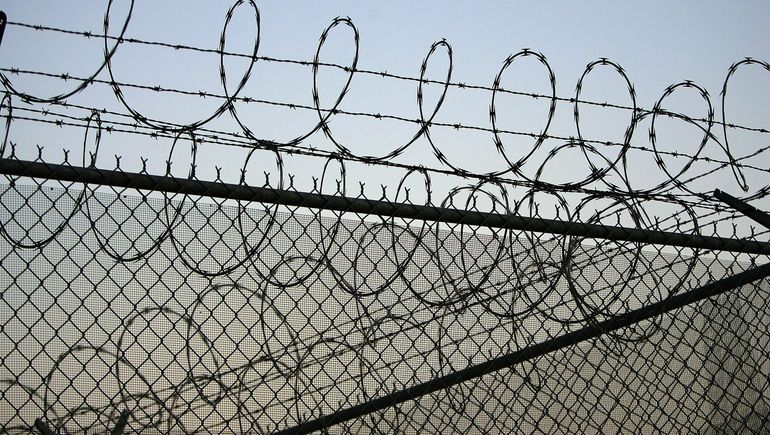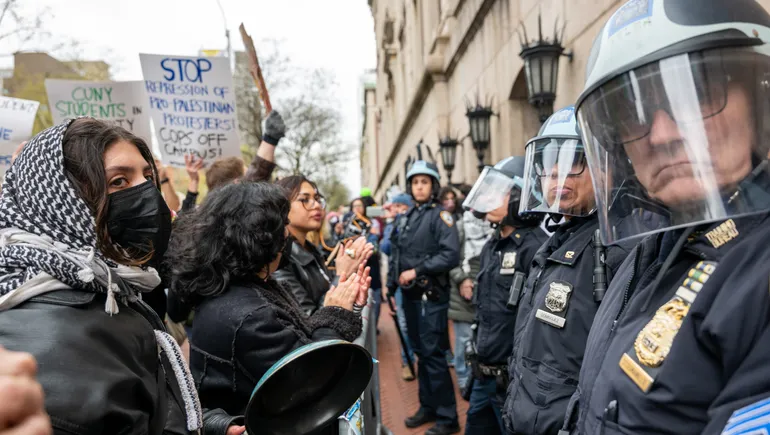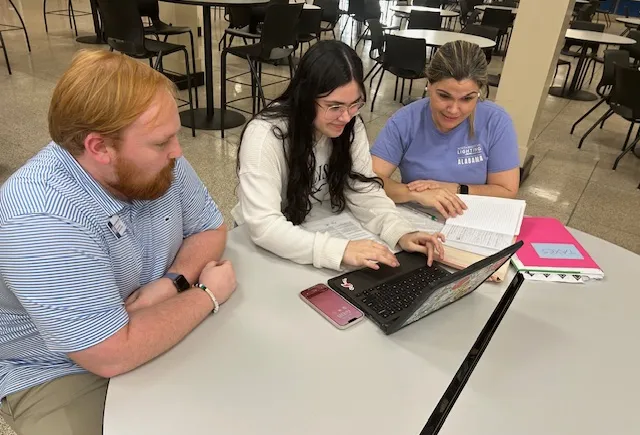[ad_1]
Dive Brief:
- The larger a county’s four-year college population, the lower the COVID-19 case rate it was likely to report, according to new research published in Scientific Reports, an open-access peer-reviewed journal in the Nature portfolio.
- Counties with large university enrollment saw a 16% lower incidence in COVID cases compared to similar counties without a university. Counties with medium and small university enrollments also saw lower rates, 8% and 1% respectively.
- The demographics of a county’s population best predicted COVID case rates — not a university’s mitigation efforts. Researchers evaluated county demographics including median household income, unemployment rates and self-reported patterns of wearing face masks.
Dive Insight:
Reported COVID cases spiked nationwide in fall 2020, around the time colleges first began reopening campuses during the pandemic. Concerns grew that in-person instruction would fuel transmission among both those on campus and local residents unaffiliated with higher ed institutions.
Over time, research indicated that college COVID cases largely remained confined to campus and that college vaccination requirements reduced the number of positive cases and related deaths in surrounding areas.
The latest research indicates that the presence of a four-year higher ed institution correlated with lower community cases.
Researchers at the University of Michigan and University of Illinois studied more than 22 million reported cases of COVID between Jan. 1, 2020 and March 30, 2021. The data covered 3,047 counties coast to coast.
They examined those cases using county population data from the U.S. Census Bureau and university enrollment data from the federal government’s Integrated Postsecondary Education Data System, or IPEDS. Only four-year institutions were included in the research.
Researchers labeled counties with 15,000 or more university students as having large enrollment. Counties with 5,000 to 15,000 students were considered to have medium enrollment, and those with 5,000 students or less were labeled as having small enrollment. There were also 1,641 counties with no four-year institution.
After the start of the fall 2020 semester, all counties experienced an increase in COVID cases and deaths. But counties with large universities saw 27.1% lower case rates than counties with no higher ed institution. Counties with medium and small universities also saw improved case rates, 10.8% and 3.7% lower, respectively. For this time period, researchers analyzed 1,568 reopening institutions across 740 counties.
Additionally, counties with large or medium university enrollments saw lower death rates during that time, 30.2% and 13.2% lower respectively, compared to areas with low or no college enrollment.
Counties with high university enrollments may follow public guidance on safety measures and vaccinations more closely than others, likely leading to safer communities, according to researchers. The same counties were also associated with increased education rates, which in turn aligned with greater use of pandemic control efforts.
This trend repeated during the third wave of COVID, around the start of 2021, according to the research. Counties with greater university populations saw significantly lower case rates than counties without a university. Counties with medium or large universities also experienced significantly lower COVID death rates than areas with little or no university enrollment.
Regardless of a county’s university population, adults over 50 experienced the highest death rates from COVID.
[ad_2]
Source link

